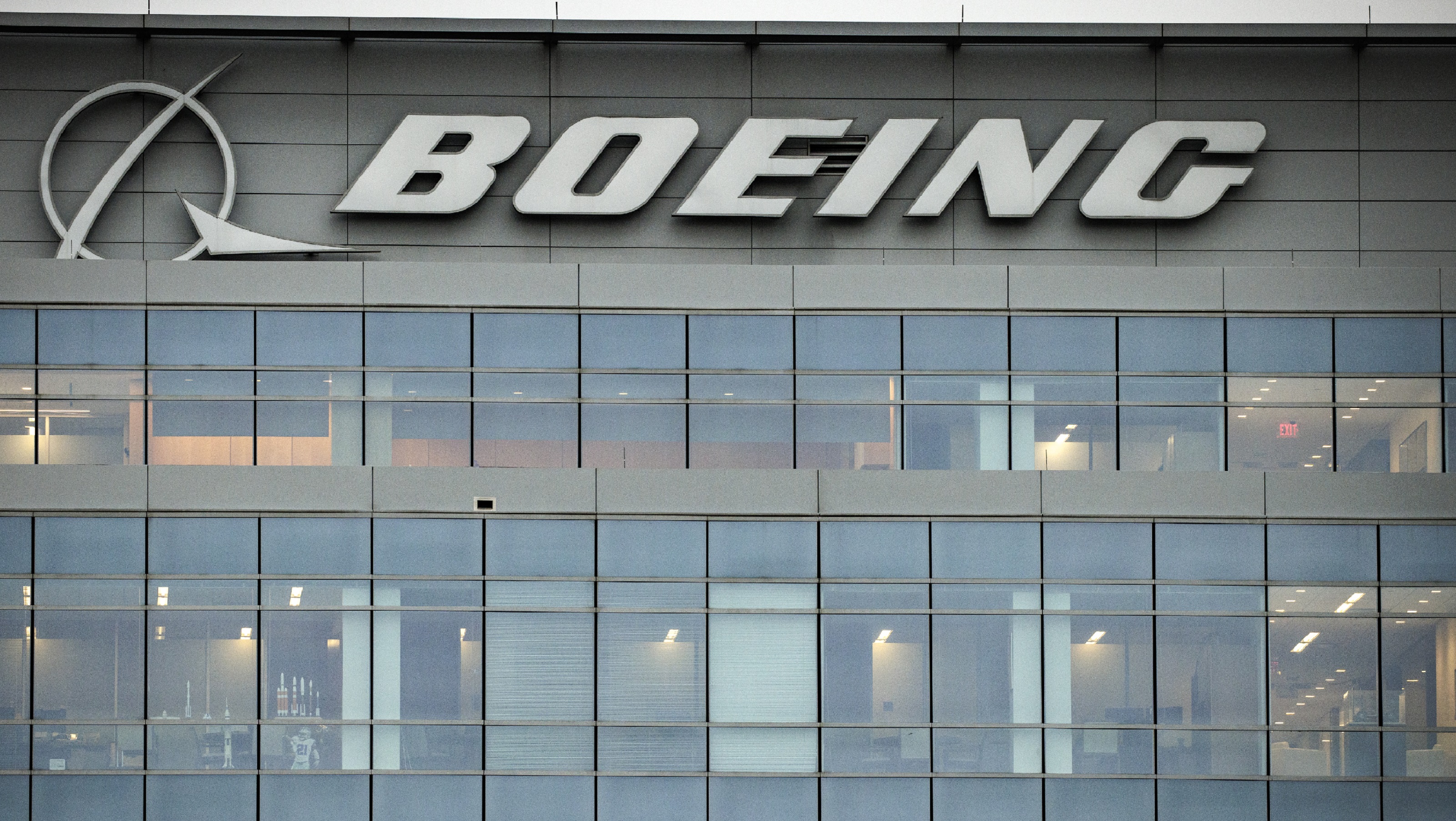Clearer Skies May Be Ahead for Boeing
The aircraft maker has hit a rough patch, but its order backlog and fuel-efficient jet that's in the works bode well for the company's future.
Even companies that on the surface seem far removed from Wall Street can't escape the chaos in financial markets. Consider aircraft maker Boeing (symbol BA). It counts among its largest customers International Lease Finance Corp., a subsidiary of American International Group, the beneficiary of an $85-billion government rescue. Regardless of whether AIG sells the leasing unit, some investors worry that the uncertainty could impact Boeing's sales.
Boeing didn't need any more bad news -- its stock has fallen 46% since last October. The company's biggest problems are high fuel prices and the financial health of its primary customers, U.S. commercial airlines. Investors worry that mergers and bankruptcies in the airline sector will lead to fewer sales of big commercial jets.
Add to that the September 5 walkout of the company's largest union, the International Association of Machinists and Aerospace Workers. The strike is costing the Chicago-based company $100 million a day in lost revenue, a figure that could total about $3 billion before the work stoppage is over. The previous strike, in 2005, lasted nearly a month and cost Boeing $2.2 billion in lost revenues.

Sign up for Kiplinger’s Free E-Newsletters
Profit and prosper with the best of expert advice on investing, taxes, retirement, personal finance and more - straight to your e-mail.
Profit and prosper with the best of expert advice - straight to your e-mail.
Then there's the 15-month delay of introducing Boeing's much touted fuel-efficient jet, the 787 Dreamliner. The program has been delayed four times. Should the strike continue for more than a few weeks, delivery of the Dreamliner could be pushed to 2010.
Boeing is flying through stormy skies now, but the stock still looks good to its fans over the long haul. The company's $271-billion order backlog also speaks to the robustness of aircraft sales.
But some investors are concerned that some of those sales could fizzle because of the credit-market crisis. "Investors have taken shots at anything that relies on credit markets, which aircraft makers do since their purchases need to be financed," says Chris Armbruster, analyst with Al Frank Asset Management. "As that fear dissipates over time -- and I believe it will -- there's a clear case" for investors awarding Boeing shares a higher price-earnings ratio. Adds Fletcher Perkins, an analyst with Hillman Capital Management: "You can't have all the airlines going bankrupt."
Armbruster points out, moreover, that although domestic airlines are in turmoil, global demand for jets from foreign fleets remains strong. Boeing's sales are well diversified geographically, and there's been a pickup in demand from China and the Middle East. In fact, just 11% of Boeing's backlog comes from domestic customers.
Delays notwithstanding, the Dreamliner's potential is huge. "Long-term," says Perkins, "it will turn into a very good profit source for Boeing." The machinists' strike might actually give Boeing's suppliers some breathing room to catch up on parts delivery for the 787. Airbus, Boeing's largest rival, also has a fuel-efficient jet in the works, but its model won't be available until 2013. Adds Perkins: "The 787 has significant advantages in fuel economy over Airbus."
Meanwhile, Boeing's military-aircraft division remains strong. "Although defense-spending growth rates are expected to moderate, overall spending remains high, with emphasis on providing nimble capabilities to combat terrorism and niche threats," Argus analyst Suzanne Betts wrote in a recent report.
Boeing shares look cheap. At the September 25 close of $57.42, the stock trades at eight times estimated 2009 profits of $6.85 per share (analysts expect $5.62 for '08). That's well below the average five-year P/E of 23.
Get Kiplinger Today newsletter — free
Profit and prosper with the best of Kiplinger's advice on investing, taxes, retirement, personal finance and much more. Delivered daily. Enter your email in the box and click Sign Me Up.
-
 Married? Five Ways to Ensure Your Estate Plans Work in Tandem
Married? Five Ways to Ensure Your Estate Plans Work in TandemGetting on the same page now means fewer potential problems when it counts.
By Kiplinger Advisor Collective
-
 12 Investments No Retiree Should Make
12 Investments No Retiree Should MakeIn retirement, when it's wise to take fewer risks with your nest egg, some investments are just nuts.
By David Rodeck
-
 Stock Market Today: Trump Retreats, Markets Rejoice
Stock Market Today: Trump Retreats, Markets RejoiceStocks rally, yields soften, the dollar rises, and even beaten-down names enjoy the wages of potential trade peace.
By David Dittman
-
 Stock Market Today: Stocks Struggle Amid Tariff Uncertainty
Stock Market Today: Stocks Struggle Amid Tariff UncertaintyBoeing dropped after China suspended new aircraft orders, while Bank of America and Citi climbed on earnings beats.
By Karee Venema
-
 Stock Market Today: Stocks Trim Losses After Trump Tariffs
Stock Market Today: Stocks Trim Losses After Trump TariffsStocks slumped at the start of Monday's session after the Trump administration's weekend tariff announcement.
By Karee Venema
-
 Stock Market Today: Trump Tariff Worries Pressure Stocks
Stock Market Today: Trump Tariff Worries Pressure StocksStocks swung lower Friday after the White House confirmed it will impose tariffs on Mexico, Canada and China beginning tomorrow.
By Karee Venema
-
 Fed Leaves Rates Unchanged: What the Experts Are Saying
Fed Leaves Rates Unchanged: What the Experts Are SayingFederal Reserve As widely expected, the Federal Open Market Committee took a 'wait-and-see' approach toward borrowing costs.
By Dan Burrows
-
 Stock Market Today: Stocks Surge Ahead of Fed
Stock Market Today: Stocks Surge Ahead of FedTech stocks led the way higher Tuesday as Wall Street looked ahead to Wednesday's Fed announcement.
By Karee Venema
-
 Boeing Stock Pops After CEO Gives Upbeat Cash Flow Outlook: What to Know
Boeing Stock Pops After CEO Gives Upbeat Cash Flow Outlook: What to KnowBoeing stock is the best Dow Jones stock Tuesday as a positive cash flow outlook offsets a fourth-quarter miss.
By Joey Solitro
-
 Stock Market Today: Dow Dives 729 Points but Bounces Back
Stock Market Today: Dow Dives 729 Points but Bounces BackInvestors can still hope for a Santa Claus rally over the next three trading days.
By David Dittman